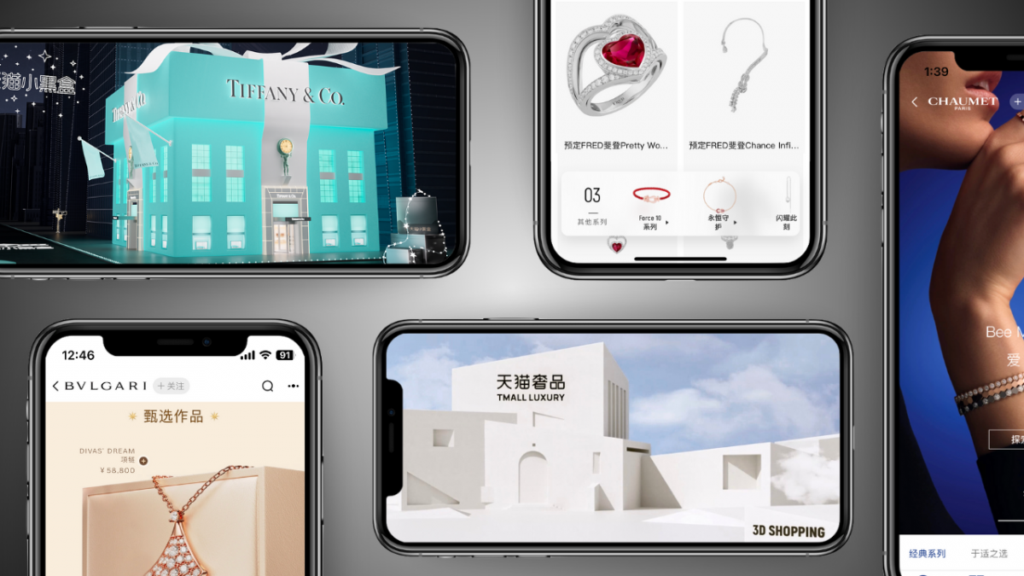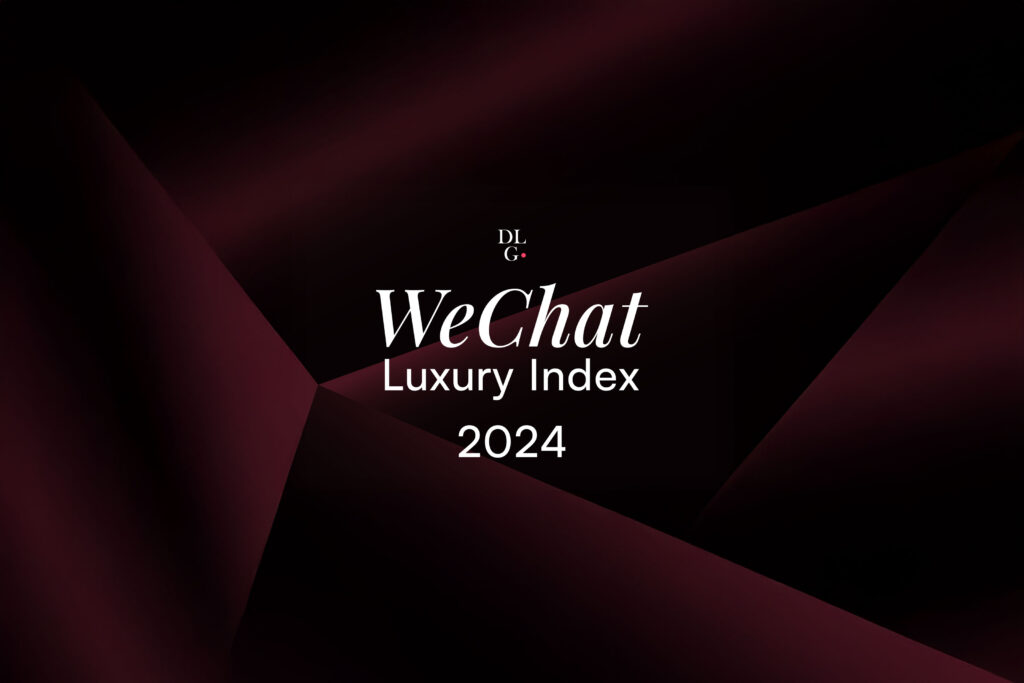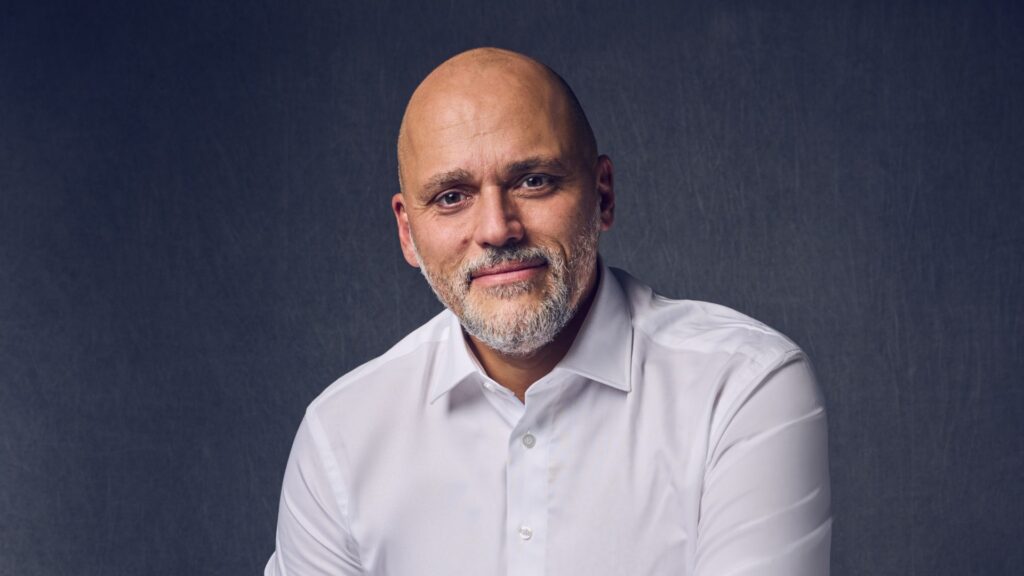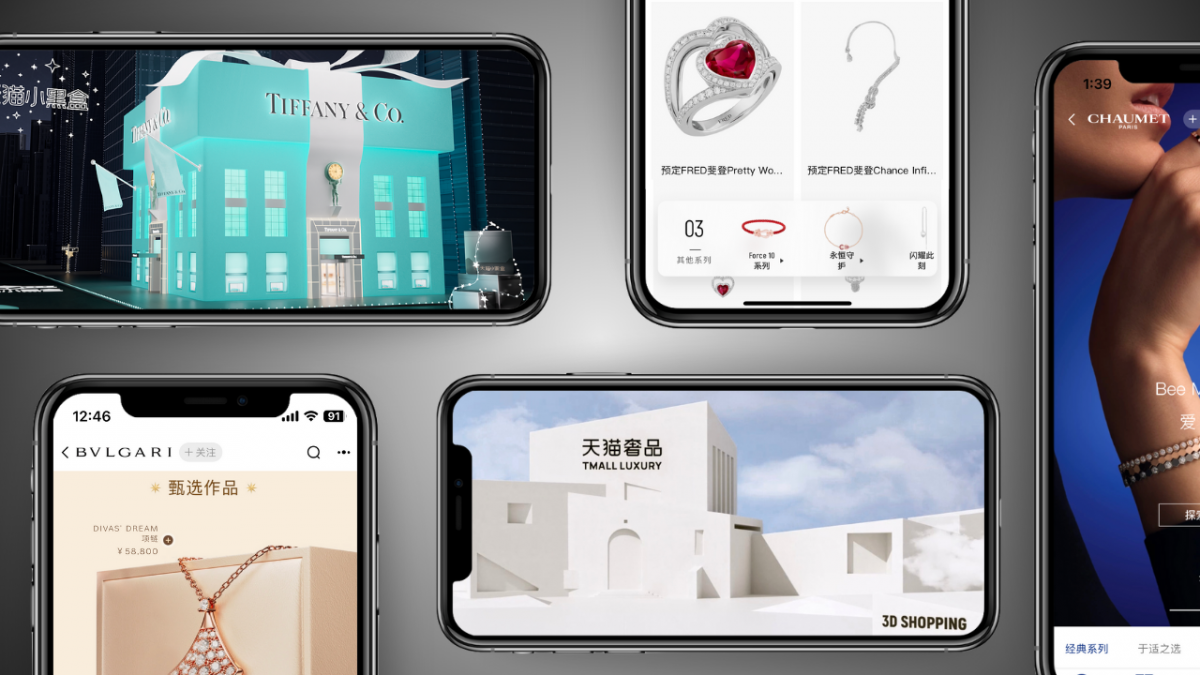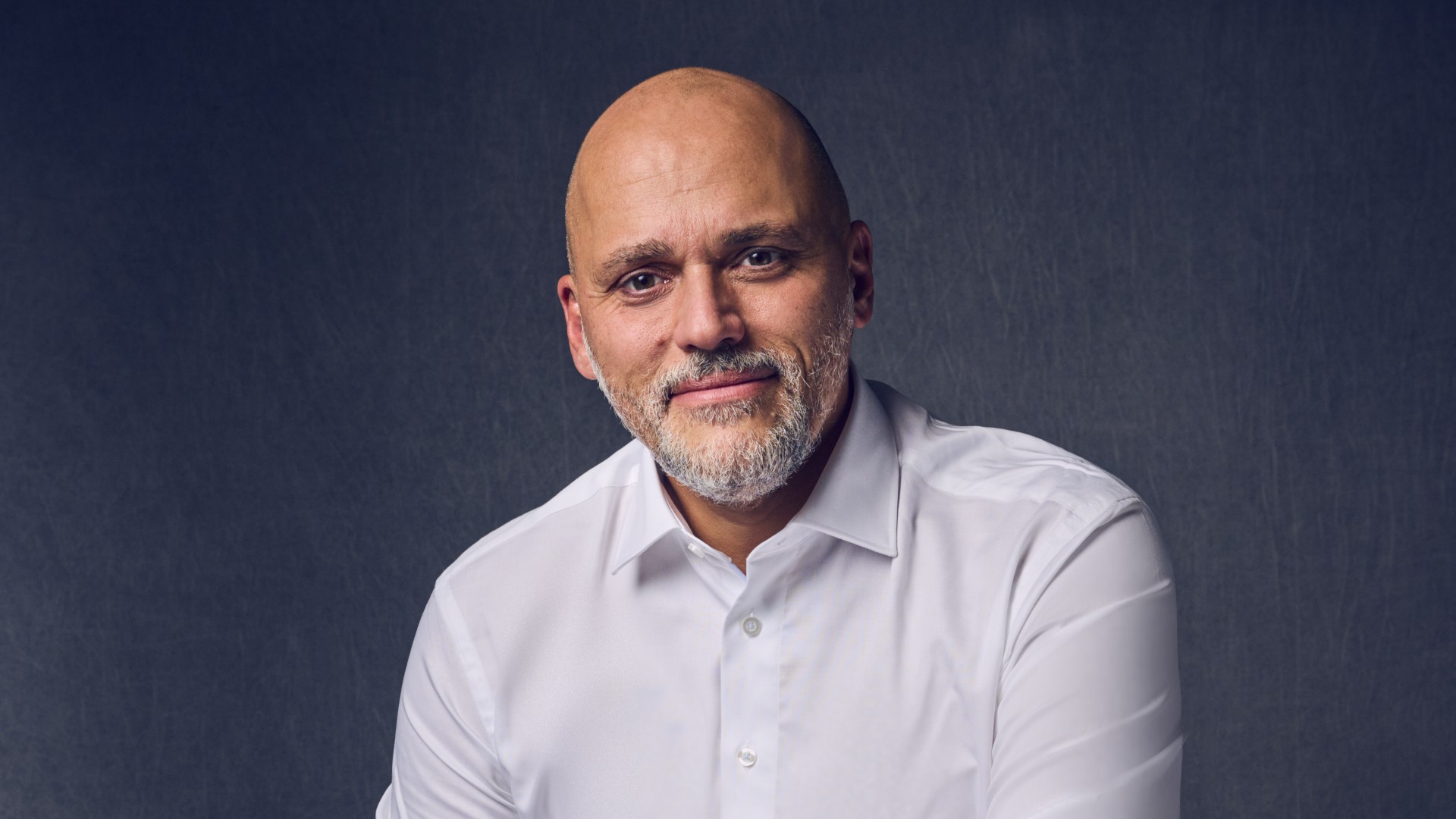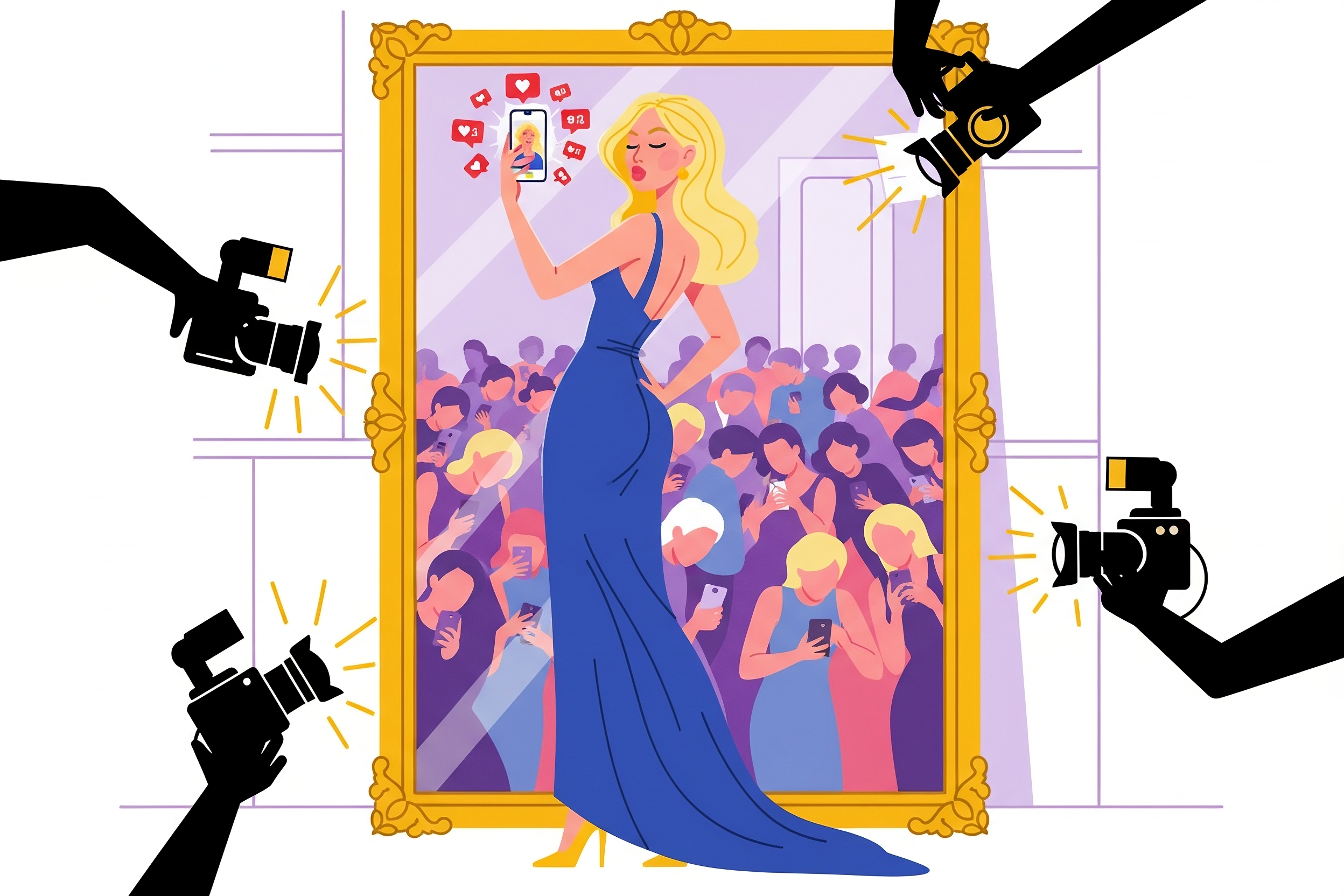In the four years since LVMH appointed Ian Rogers to its chief digital officer role, has the former Apple executive managed to help the group transform itself into a digital leader in the luxury space or is there still a long way to go?

Bulgari’s “Dream Machine.” Photo courtesy: Bulgari.
“We are not even starting to see the real potential of LVMH and their digital strategy,” said Robert Burke, chairman and chief executive of consulting firm Robert Burke Associates. “They are probably, as always, very well researched and we are going to see (that) … they are already going to be miles ahead of other brands, groups or conglomerates. We are just starting to kind of just see it, and the best is yet to come.”
“The fact that they are so integrated with start-up companies and have been for quite some time and have dedicated a highly regarded executive from Apple years ago, to head this up, shows commitment,” he added.
Have the Efforts Paid Off?
But to what end are these projects having an effect on its brands and their digital offerings?
In its most recent annual report, the company said all of its brands were accelerating the implementation of their online sales platforms and stepping up their digital content initiatives. “Excellence in retailing is key, requiring expertise and attentiveness from beauty consultants, as well as innovation at points of sale. Our brands are actively incorporating digital tools to enhance the customer experience and attract new consumers.”
“Over the last few years our market has become highly fragmented,” it added. “Customer journeys and purchasing habits have become more complex. Now, in addition to magazines and other traditional media, our customers – especially young people – use a range of digital options to stay informed, communicate with friends and shop. Brand awareness and customer engagement are built on these many different touchpoints.”
And the company said that in 2019, it will again “demonstrate its strong focus on innovation. Further progress will be made on many existing projects as well as a number of new launches … The growing use of digital technologies in our business activities will also enrich the customer experience that we offer, both online and in our physical stores.”

Photo courtesy: Louis Vuitton.
For LVMH, it’s more about the customer experience, explained Roberts. “For them, it’s really all about the customer experience, personalisation and customer services. Because, ultimately at the end of the day – that’s what luxury retailing is about, it’s all down to the service that you get.”
“LVMH were always involved (in digital) from a basic e-commerce standpoint,” said Burke. “But from 2015 onwards, they really went heavily into well beyond just a simple transactional e-commerce model into much more in-depth and creative, innovative ways to use technologies for their brands. Brands are all about experience. And how do you bring that experience to a wider audience and certainly how do you bring it to a younger audience? That has been their motivation and looks like they are accomplishing it.”
Possible Roadblocks
But while the company hopes to lead the way in digital by to stepping its content initiatives and enhancing its online sales platforms, change may not come so easily for the world’s largest luxury conglomerate that has to manage 75 different brands spanning fashion, spirits and hospitality, within its portfolio.
The difficulty for LVMH lies in its complexity as a group, explained an unnamed source who had previously worked for the luxury group. “LVMH is not one company. It’s a combination of different Maisons and each of those Maisons have their different governance, have their different policies, have their different organisational structure.”
“There were definitely conversations around (digital change). And it has to happen, right? You have a chief digital officer. It has to happen as that is his whole mandate,” the source added. “(But) any form of transformation is a long and painful thing … And that is when old behaviours start to creep in.”
Burke believes the company is still in the earlier stages of its transformation. “My thoughts are that it is still in test mode,” said Burke. “For many of the brands, how they are going to implement these (changes) in the day-to-day business will be seen. But it’s wise for them to experience and test it as opposed to trying to make any radical switches.”
It’s a view Roberts shares. “Obviously they are not investing huge amounts of money but it is a way for them, at a relatively affordable level, to see what is working and get feedback from potential customers. I think that is another thing that lots of brands have struggled with, is knowing what is going to work and what isn’t going to work.”
“Whatever they do, I think LVMH will always be sensitive to each individual brand and to be successful, they can’t just apply the same model for each brand that they have because they are all so individual,” said Roberts.
“Every brand has to be dealt with on an individual basis and considered on an individual basis and again, going back to the issue of being true to that brand and the heritage of that brand, every model will be different for each brand, depending on the story that that brand tells, but also the customer or the demographic that they might be trying to target,” she added.
Cover image credit: Louis Vuitton/LVMH.


